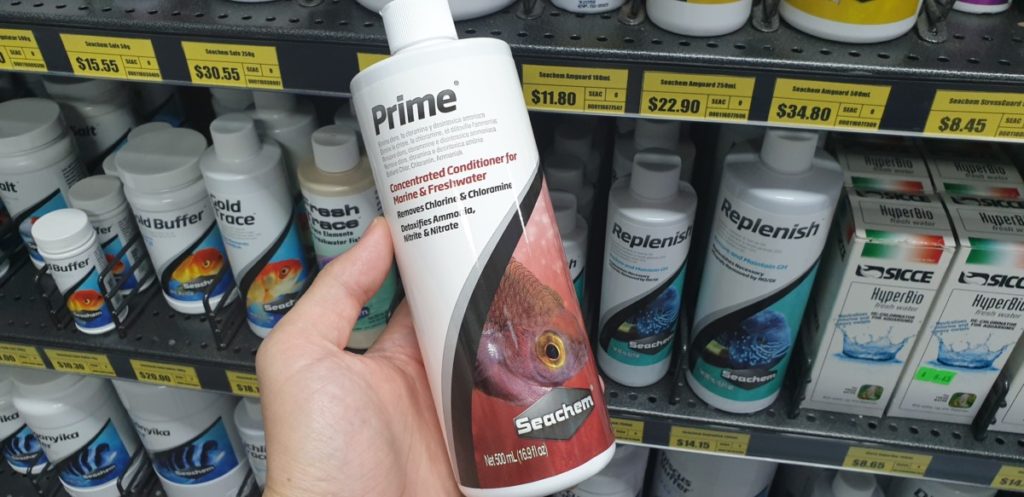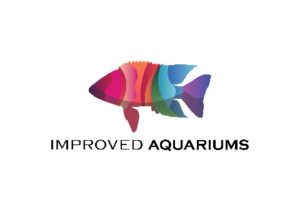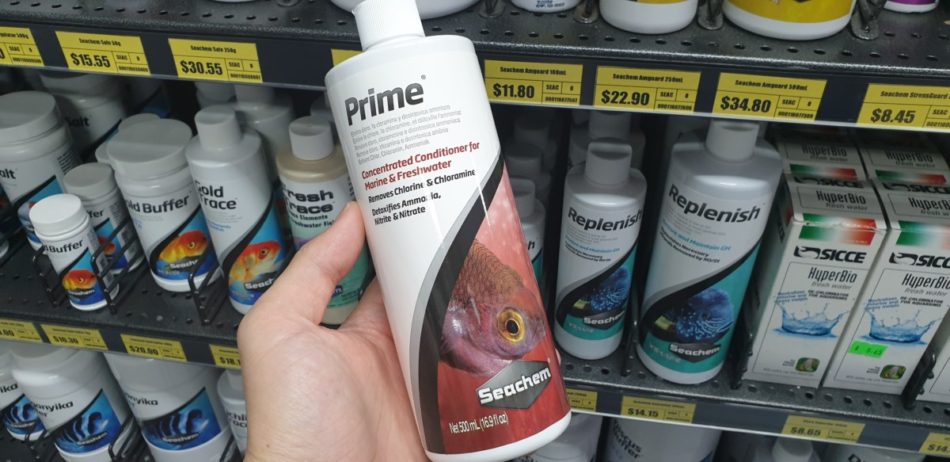In short, adding a water conditioner to your aquarium whilst fish are in it is OK as long as you follow the instructions provided by the manufacturer. However, added conditioner directly to your tank may also imply that untreated tap water is being put into the tank during a water change and which should be avoided.
Forgetting to add water conditioner during water change happens to beginners and experienced aquarists alike. If this occurs then you should add enough conditioner to treat the entire volume of the tank.
Is Water Conditioner Essential?
In short, using a water conditioner is an essential part of your fish tank maintenance.
Almost all municipal water supplies contain varying concentrations of chlorine which has added to treated biological pathogens (e.g. bacteria, parasites) to make it safe for human consumption. According to the World Health Organisation, most municipal drinking water supplies have concentrations of chlorine of about 0.2 – 1 milligram per liter (mg/L). Only 0.04 – 0.2 mg/L of chlorine is considered toxic to the majority of freshwater fauna including fish and shrimp.
Related: 13 Best Fish Species For 10 Gallon Nano Aquarium
Chlorine and chloramine are also toxic to the beneficial bacteria in your tank. So if you are cycling your tank (the process by which beneficial bacteria breaks down harmful ammonia) then adding untreated tap water is counterproductive.
A water conditioner should be added every time a water change is performed and tap water is used to replenish the tank. The primary purpose of a water conditioner is to remove the chlorine (amongst other toxic chemicals) from the water.
Using Reverse Osmosis Water
Some aquarists may use a Reverse Osmosis (RO) system to provide purified water to fill up their fish tanks instead of using tap water. Whilst a RO system will remove chlorine, it also removes trace metals which are beneficial to your fish tank. These include calcium, potassium, magnesium, and sodium.
Adding a water conditioner will replace these metals and also introduce other beneficial substances including herbal essences or aloe vera. These substances provide other benefits such as encouraging the growth of a slime coating in fish and reducing stress.
The Benefits of using a Water Conditioner
Water conditioners provide the following benefits:
- Neutralize chlorine and chloramine (a chemical that is the result of chlorine combining with ammonia).
- Detoxify ammonia, nitrites, and nitrates.
- Detoxifies heavy metals such as copper and lead.
- Encourages the growth of a slime coating on fish (which in turn improves their resilience to injury and decreases stress levels).
As the primary purpose of a water conditioner is to alleviate the toxicity of ammonia and nitrite, it can also be used during tank cycling to great effects.
A Step-by-Step Guide to Using Water Conditioner
Tap water should be treated with a water conditioner before it is put into the tank. Here is a step-by-step guide:
- Calculate what volume of water you need to refill your fish tank during a water change.
- Use tap water to fill up a bucket (use a dedicated bucket). You may need multiple buckets if the volume is large.
- Follow the manufacturer’s instructions on the back of the bottle and add a water conditioner to the bucket containing tap water.
- Allow it to mix (approximately 10 seconds). While doing so, measure the temperature to ensure it is similar to the temperature of your tank water.
- Pour the treated water into the fish tank.
If you have a nano tank or the volume of water needed to refill your tank is small, then the water conditioner may be measured using a syringe instead of the bottle cap. Most brands Accidently adding more water conditioner than needed will not harm your fish however using the right amount reduces wastage.
Types of Water Conditioner
There are three types of water conditioners available on the market. ‘Complete’ water conditioners provide a multitude of benefits and are the preferred choice for the majority of aquarists.
| Dechlorinator | Only removes chlorine but not metals and ammonia. Not a common option for most aquarists. |
| Chloramine neutraliser | Removes chlorine, followed by chloramine and then ammonia. Some brands may remove metals, some may not. |
| ‘Complete’ water conditioners | Neutralizes chlorine and chloramine Reduces the toxicity of ammonia, nitrite, nitrate, and metals Does not affect water pH Protect fish slime coating |
The Best Water Conditioner
If you want to stick with something tried and true, then Seachem Prime is the best water conditioner option on the market.

An overview of Seachem Prime is provided below.
- Seachem Prime is up to 5 times more concentrated than other products, meaning that a bottle will last a long time (a 500 mL bottle will treat up to 5,000 gallons (20,000 liters).
- Does not affect pH.
- Removes chlorine and chloramine.
- Decreases the toxicity of ammonia, nitrite, nitrate, and heavy metals.
- Encourages the slime coating on fish.
- No expiration date – long shelf life.
- Available in sizes 50mL, 100mL, 250mL, 500mL, 1L, 2L and 4L.
Seachem Prime may also be used in conjunction with Seachem StressGuard (when transporting or quarantining fish), or Seachem Stability (when adding new fish to the tank). Note that Prime has a distinct deep orange color and a sulfurous odor which is normal.
Other reputable ‘complete’ water conditioners on the market include:
- Fluval’s “Aqua Plus”
- API “Stress Coat”
- Aqueon “Water Conditioner”
Conclusion
Adding water condition to your fish tank is an essential part of aquarium maintenance. They remove toxic chlorine and chloramine from the water, and also reduce the toxicity of ammonia, nitrite, nitrate, and heavy metals which are acutely harmful to fish and beneficial bacteria.
A reputable water conditioner such as Seachem Prime should be used to treat tap water before it is used to fill up a tank during a water change. However, if untreated tap water is used to fill the tank then enough conditioner should immediately be added to treat the entire tank volume.
Suggested Readings:

